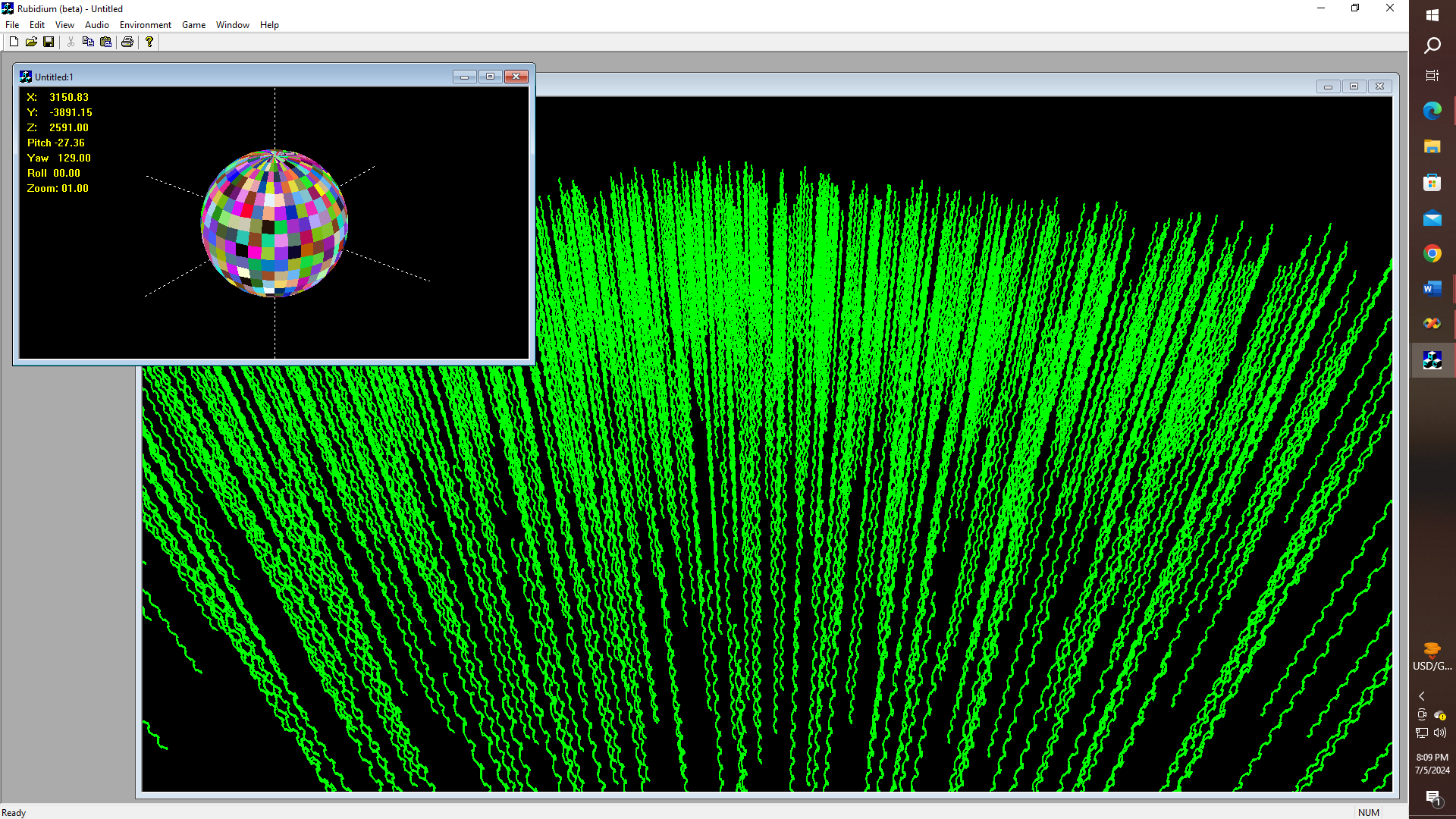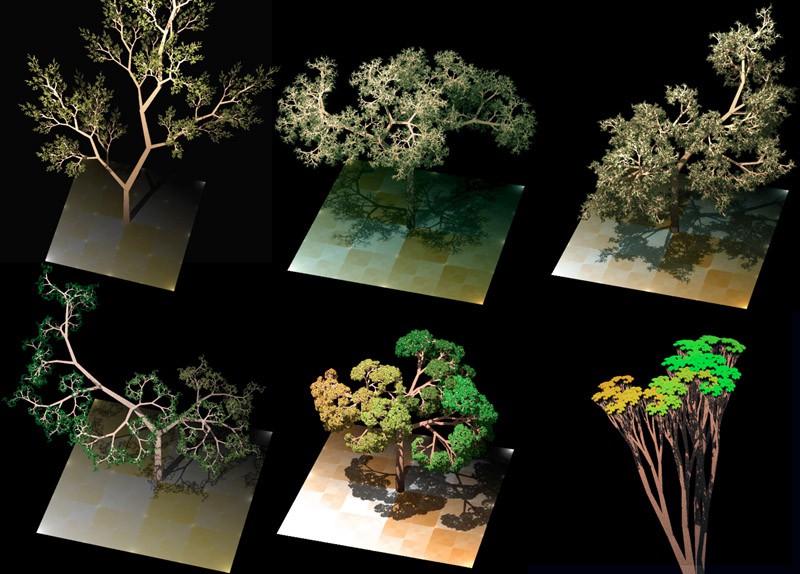
Attempting photo-realistic modeling of various types of hair, including curly hair, straight hair, kinky hair, as well as blades of grass, stalks of wheat or corn, etc., is not as simple as it might seem. Curly hair usually has an elliptic cross-section, making it a very useful construct to have the ability to compute the bounding rectangles for rotated ellipsoids, for example. Then one can generate the correct meshes, to include the various twists and turns, etc., at about 1000 hairs/square inch maybe? Thus, from the wireframe, we build up the meshes, hopefully, and then it becomes possible to add textures, or at least fill in an appropriate color for each quad or triangle. Are a million triangles enough, or should I go for 10 or 100 million? Wondering how far I can push CUDA in real-time? Suffice it to say that the GDI frame rates are abysmal, but a necessary step in the process. Then of course we will want to have braids. Of course, we must have braids!
Now I am starting to think about also getting this to run on the P2 chip, which was always my original intention; or maybe on something else, like a Commander X16, if I ever get one of those. Some kind of GL-Lite platform, maybe? Simplify, Simplify, Simplify. This is just a tweak of my DNA drawing code, which is in turn based on "gears".
Of course, another thing that I want to be able to do would involve L-systems, like this sort of thing from the article about the same on Wikipedia:

If I was a model railroading addict, I would of course want to be 3-d printing some of these. One of these days. Maybe it's not as hard as it looks.
 glgorman
glgorman
Discussions
Become a Hackaday.io Member
Create an account to leave a comment. Already have an account? Log In.